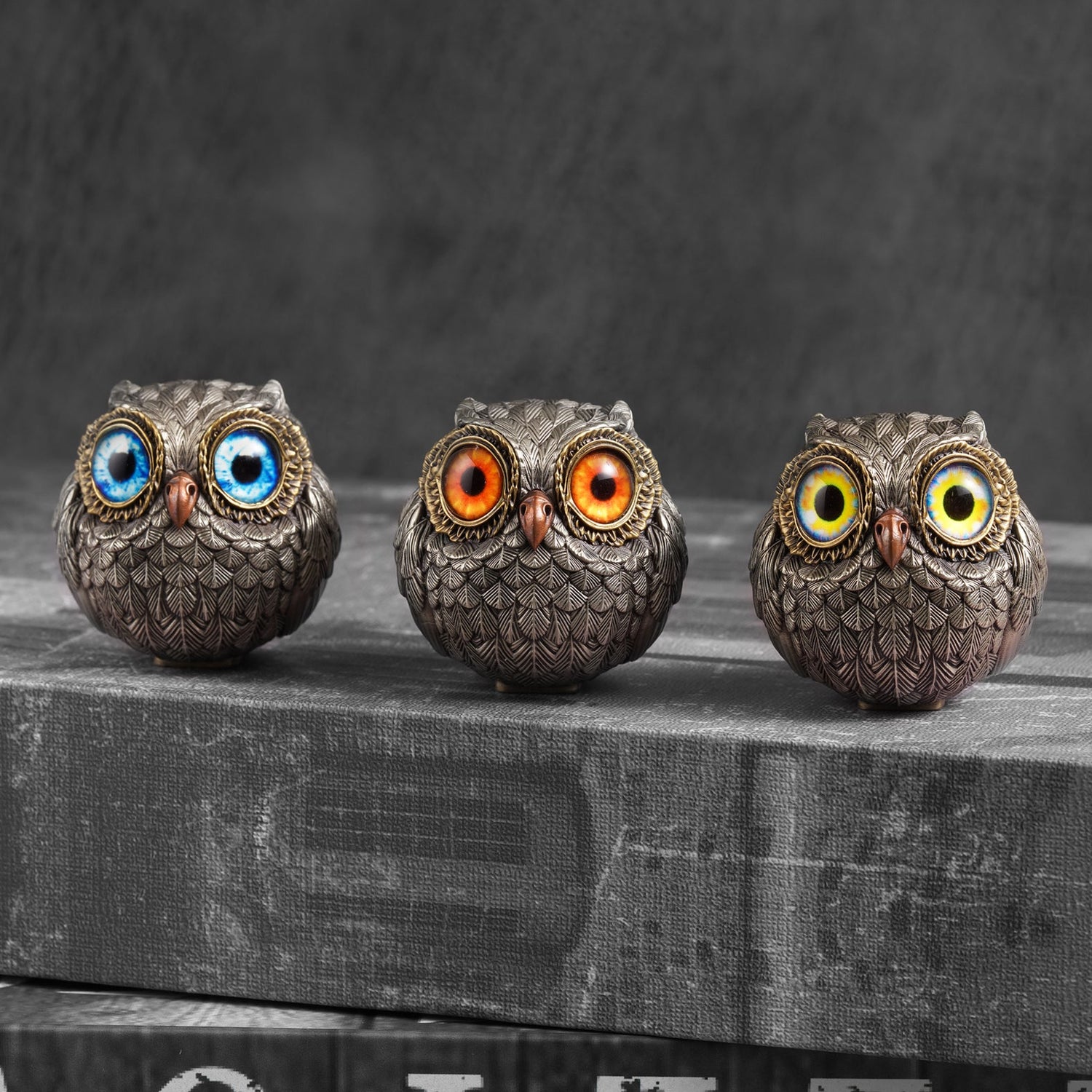When we think of metal, images of gleaming gold, unbreakable steel, or ornate silverware may come to mind. But there's a phenomenon that lends metal a unique charm and timeless character—bronze patina. A bronze patina isn’t just a layer of oxidation; it’s like time’s personal signature, a whisper of history etched upon the metal’s surface. Today, let's dive into the captivating journey of bronze patina and uncover the hidden chemistry that turns metal’s aging into an art form.
What is Bronze Patina?
Bronze patina is a natural coating that gradually appears on the surface of metals, particularly copper alloys like bronze. It results from the metal’s reaction to the world around it—air, moisture, and even time itself. This thin layer, made up of oxides, carbonates, or sulfides, transforms the metal’s color and texture, wrapping it in an aura of mystery and antiquity. Think of an old bronze statue cloaked in green; a bronze patina gives such objects a timeworn elegance, sharing whispers from a past we can only imagine.

The Chemistry of Bronze Patina
The creation of a bronze patina is a delicate dance of elements, where metal and its environment interact in a slow, beautiful transformation. For example, when bronze is exposed to air, it first reacts with oxygen to form a reddish copper oxide. Over time, this layer thickens, reacting with moisture to create a deep green film, known as basic copper carbonate. This unique patina might take decades to form, but eventually, the bronze takes on a regal green hue, as if nature herself painted it with a touch of grandeur.
The Stages of Bronze Patina’s Growth
The formation of a bronze patina is like a gentle metamorphosis. In its early stages, the metal may only show faint darkening or a subtle shimmer, hinting at the transformation to come. But as time goes on, the oxidation deepens, and the metal’s true character starts to shine through. Bronze transitions from a fiery red to a soft green. This mid-stage of patina development is when the metal's connection with its surroundings becomes vividly apparent.
At maturity, the bronze patina has fully embraced the metal, adorning it with depth and character. This mature stage not only brings a deep, velvety color to the surface but also forms a stable barrier, protecting the metal from further corrosion. Here, the bronze completes its quiet dance with time, radiating an ancient beauty all its own.

The Unique Expressions of Bronze Patina Across Metals
Bronze patina is like nature’s color palette, with each metal unveiling a unique blend of hues and textures. Copper and bronze, in particular, are known for their signature greenish-blue patina, a shade that exudes calm and timelessness. This verdant cloak on old bronze sculptures tells a story that spans centuries.
The Environment’s Influence on Bronze Patina
The growth and character of a bronze patina aren’t just determined by the metal itself; they are profoundly shaped by the environment. Climate, air quality, and even human activity all play roles in how a bronze patina develops.












